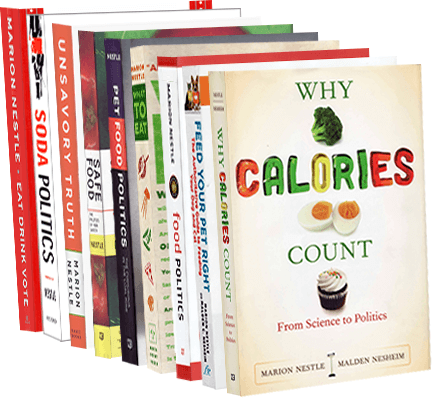A Pause in the Blog: New Zealand, this time
I am off to a meeting in New Zealand–Primary Industries 2020–for the next week. This is a government meeting about how New Zealand businesses can succeed in a changing global economy. Making safe food is one way, and I will be talking about food safety and risk management, using the pet food and spinach recalls as examples. Will I have Internet access? Best to consider the blog on vacation until December 1. I will miss Thanksgiving when I cross the dateline tomorrow, but wish all of you a delicious holiday.

